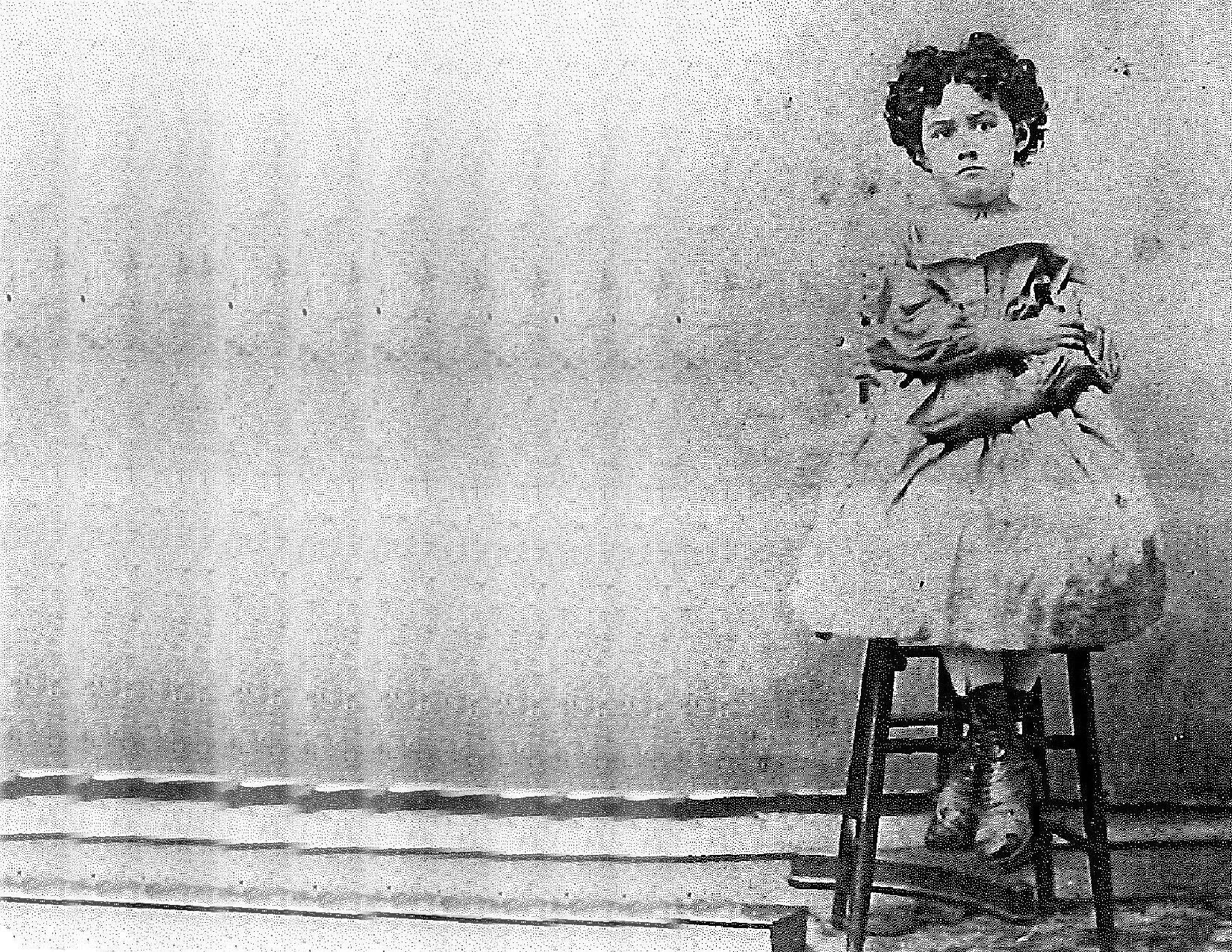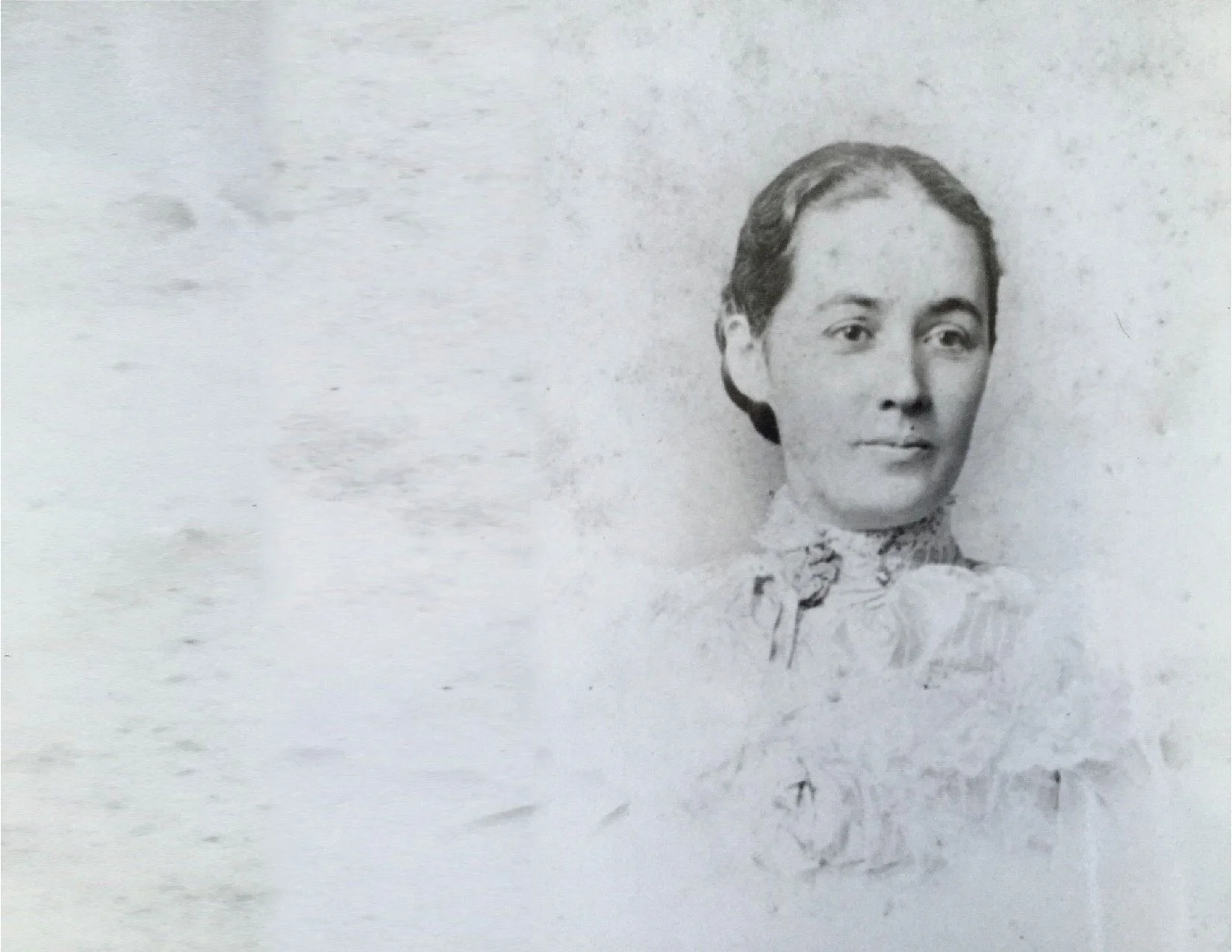
Life + Biography
“If I fail, I should know where to strengthen my armor.”
— Minerva Parker [Nichols] quoted in The Churchman, March 21, 1891

— Minerva Parker [Nichols] quoted in The Churchman, March 21, 1891

Minerva Parker was born on May 14, 1862, in Glasford, Illinois. After her father’s death in the Civil War, Minerva (and her sister) grew up on the family farm, under the care of her widowed mother, aunt, and grandfather. In 1876, Minerva’s mother moved the family to Philadelphia and opened a boarding house for medical students. Following in the footsteps of her maternal grandfather, Seth A. Doane, who designed both houses and prairie schooners for western settlers, Minerva pursued a career in architecture.

She graduated from the Philadelphia Normal Art School in 1882, and also trained at the Franklin Institute Drawing School before joining the office of Edwin W. Thorne in 1886. This apprenticeship in Thorne’s office on South Broad Street lasted only three years before Thorne moved his practice to Arch Street in 1888. Succeeding him in his office on South Broad Street, Parker became the first woman in the country to practice architecture independently, with no man attached to her firm.

Minerva Parker Nichols was a celebrated figure throughout her formal practice in late 19th-century America, with frequent recognition in trade catalogues and national publications. The opening of her office in 1889 was heralded with an editorial announcement in the Philadelphia Real Estate Record and Builders’ Guide, and she was still well respected enough at her death in 1949 to warrant a headlined obituary in The New York Times. Educated through various technical programs and as an apprentice in the office of E. W. Thorne, Nichols consistently garnered praise for her practical experience and, in the estimation of one publication, her “energy and push.” Until her move to Brooklyn with her husband in 1896, and her subsequent retirement from formal practice, Minerva Parker Nichols seems to have earned unusually wholehearted endorsement from her contemporaries.

Domestic architecture proved to be Parker’s specialization throughout her career, with many of her projects concentrated in the developing suburbs of Philadelphia along the Pennsylvania Railroad line. In commissions stretching from Overbrook to Elm Station (known as Narberth today) to Radnor, Parker was involved in several projects for the “Main Line’s” emerging class of suburban middle- and upper-class residents, as well as for large-scale speculative developers. Her work with the latter also included several houses near 49th and Market Streets in the city, as well as a second collection of development houses for the Overbrook Land Company, built in 1891 near 61st Street and Columbia Avenue.

Parker’s female clients were not just those individuals associated with her residential commissions. In an era of emerging women’s clubs and benevolence associations, some of her highest-profile projects were her designs for the New Century Clubs of Philadelphia and Wilmington, and for the Queen Isabella Association. Her building for the New Century Club of Philadelphia, built in 1891 at 12th and Sansom Streets, was one of the earliest New Century headquarters in the country—and the first designed by a woman. She oversaw its construction and—as the New York Times noted in the announcement of her marriage—she supervised its completion on December 23, 1891, the day after her wedding to the Reverend William Ichabod Nichols. Her plans for the Pompeiian brick and terra cotta building garnered her much press and praise for its “striking, yet delicate, homelike, and very harmonious” design. It also earned her subsequent commissions for the New Century Club building in Wilmington and for the Queen Isabella Association’s pavilion for the World’s Columbian Exposition in Chicago in 1893 (although that building was never constructed).

Nichols earned nearly universal praise from contemporary trade publications. This admiration carried through Nichols’ decade of practice in Philadelphia, and was included in retrospective profiles of her career even after she retired in 1896. Her move to Brooklyn that year marked the end of her formal practice, although she continued to design occasionally for family and friends. Her later commissions included a building for her brother-in-law’s Browne and Nichols School in Cambridge, Massachusetts (1894), as well as several residences for family members for which she supervised the construction even as decades passed since her supposed retirement. She continued to practice informally, and remained involved in advocacy for women's issues, until her death in 1949 at the age of 87.